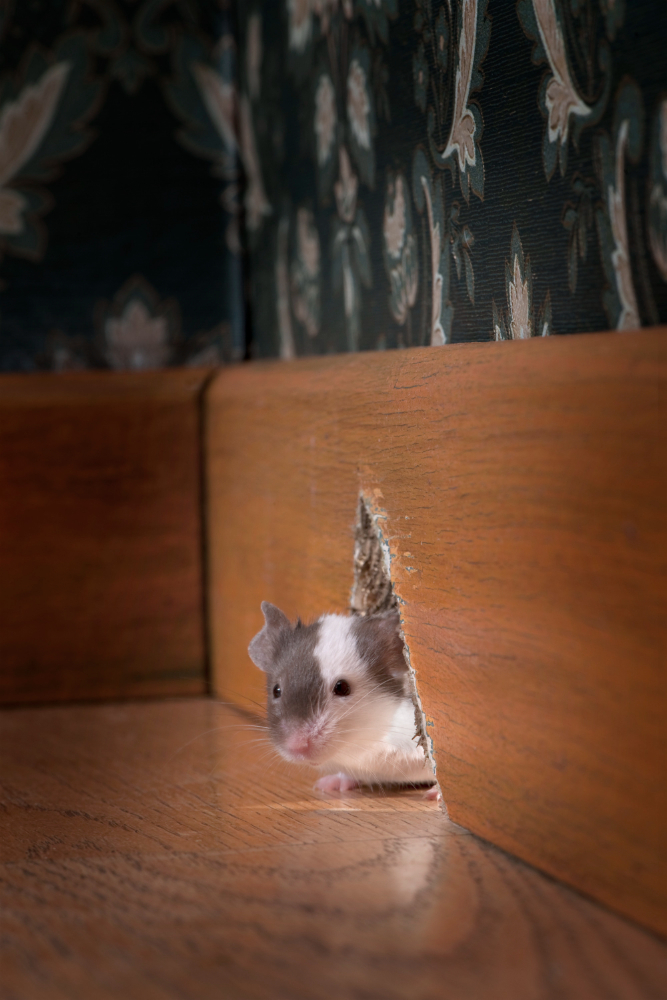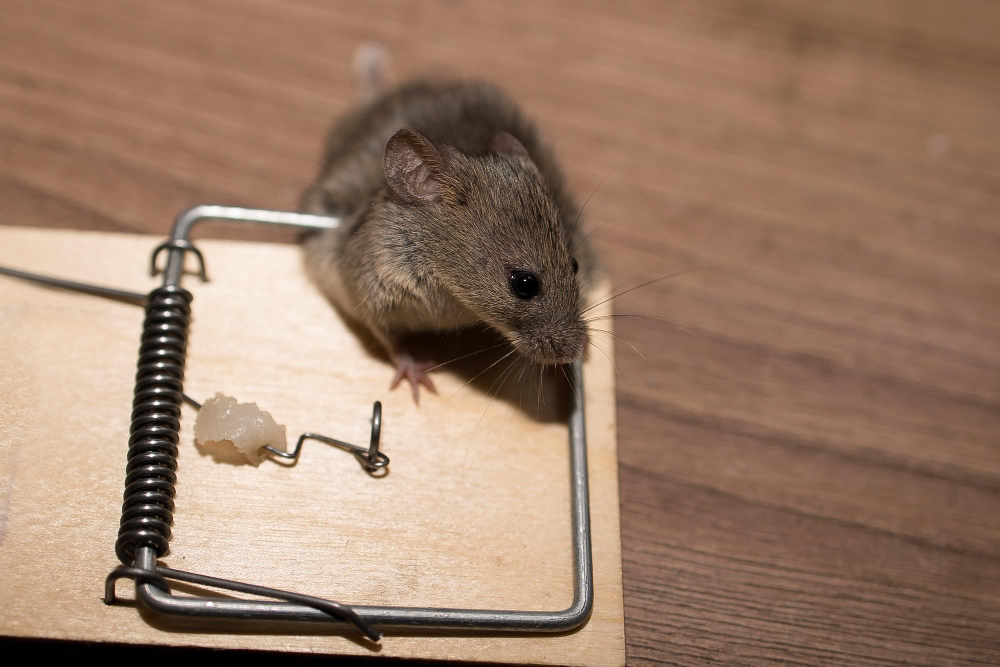Last updated on
A pest-free home is more than just a clean environment; it’s a holistic approach to ensuring your living space is safe and comfortable.
Recent years have seen a notable rise in home pest infestations, which not only affect the cleanliness but also the health and well-being of residents.
Understanding Home Infestations

Various pests pose threats to homes. Among these, rodents, especially mice, are a major concern. Other common pests include termites, bed bugs, cockroaches, and ants.
- Mouse Infestations: Mice infestations are particularly troublesome during the colder months as these pests seek warm shelters such as homes. They can nest in various places, from garages and attics to more unusual spots like car engines or appliances. The presence of mice is not just a nuisance but also a health concern, as they can carry and indirectly transmit various diseases.
- Rising Pest Infestations: The increase in pest infestations in recent years can be attributed to several factors. Changing climate conditions, urban development, and even lifestyle changes play a role in this upsurge. Additionally, pests like mice have adapted well to cohabiting with humans, finding our homes ideal for their survival.
- Statistics: According to data, nearly 14.8 million U.S. homes reported seeing rodents in the last year. This statistic highlights the widespread nature of rodent infestations, underscoring the importance of proactive pest control measures.
Preventive Measures
To prevent pest infestations in your home, consider the following strategies:
- Seal Entry Points: Mice can squeeze through small spaces, so it’s crucial to seal cracks and holes on your home’s exterior. Use materials like caulk and steel wool, which mice can’t chew through, to block potential entry points.
- Proper Food Storage: Store food in airtight containers and dispose of garbage regularly. Keeping your kitchen clean and free of food crumbs is essential.
- Yard Maintenance: Keep your lawn and shrubs trimmed. This reduces hiding spots for pests. Also, store firewood at least 20 feet away from your house.
- Ventilation and Dryness: Ensure that attics, basements, and crawl spaces are well-ventilated and dry. Pests are attracted to moist environments.
- Door Sweeps and Screens: Install door sweeps on exterior doors and repair damaged screens to prevent pest entry.
- Inspect Items: Regularly inspect items like boxes or grocery bags before bringing them into your home, as they can be transportation means.
- Regular Inspections: Regular inspections by pest professionals can help detect and prevent infestations early on.
Solutions and Remedies

For existing infestations, the following methods can be effective:
- Traps: Various types of traps, such as humane traps and wooden snap traps, are effective in catching mice. It’s important to place these traps strategically where mice activity is noticed.
- Bait Stations: Although bait stations with rodenticide can be effective, they should be used with caution due to potential hazards to pets and children. These are typically more suitable for professional use.
- DIY Repellents: Natural repellents like apple cider vinegar, fabric softener sheets, and essential oils (e.g. peppermint, clove oil) can be used. However, it’s crucial to note that pests may eventually adapt to these methods.
- Professional Pest Control: If DIY methods are not effective, it might be time to consult with professional pest control services. They have the expertise and tools to handle severe infestations more efficiently.
- Regular Cleaning and Maintenance: Keeping your home clean and maintaining it regularly can go a long way in preventing mouse infestations. This includes fixing any water leaks and ensuring good sanitation.
Dealing with an infestation requires a combination of prevention, vigilant monitoring, and appropriate remedial actions. For severe cases, professional help is often the most reliable solution.
Long-term Pest Management
Maintaining a Pest-Free Home: The key to long-term pest management is consistent and proactive measures. Regular home maintenance and inspections play a crucial role in preventing pest infestations. Here are some strategies:
- Regular Cleaning: Keep your home, especially kitchen areas, free of food debris and clutter. Regular vacuuming and dusting can also deter pests.
- Home Repairs: Fix any leaks, seal cracks, and repair holes promptly. Mice and other pests often enter homes through small openings.
- Yard Maintenance: Keep your garden and lawn well-maintained. Overgrown vegetation can provide hiding spots for pests.
- Storage Practices: Store food and waste in sealed containers. Ensure that your garbage bins are secured and emptied regularly.
- Seasonal Checks: Perform seasonal checks and maintenance of your home to spot any potential pest entry points or signs of infestation.
- Educate Household Members: Ensure that all household members are aware of best practices for pest prevention.
- Professional Inspections: Regular inspections by pest control professionals can identify risks and provide early intervention.
Creating and maintaining a pest-free home involves more than just reacting to infestations; it requires a comprehensive and proactive approach.
Regular cleaning, vigilant home maintenance, and the use of humane and sustainable pest control methods are key.
Table of Contents




